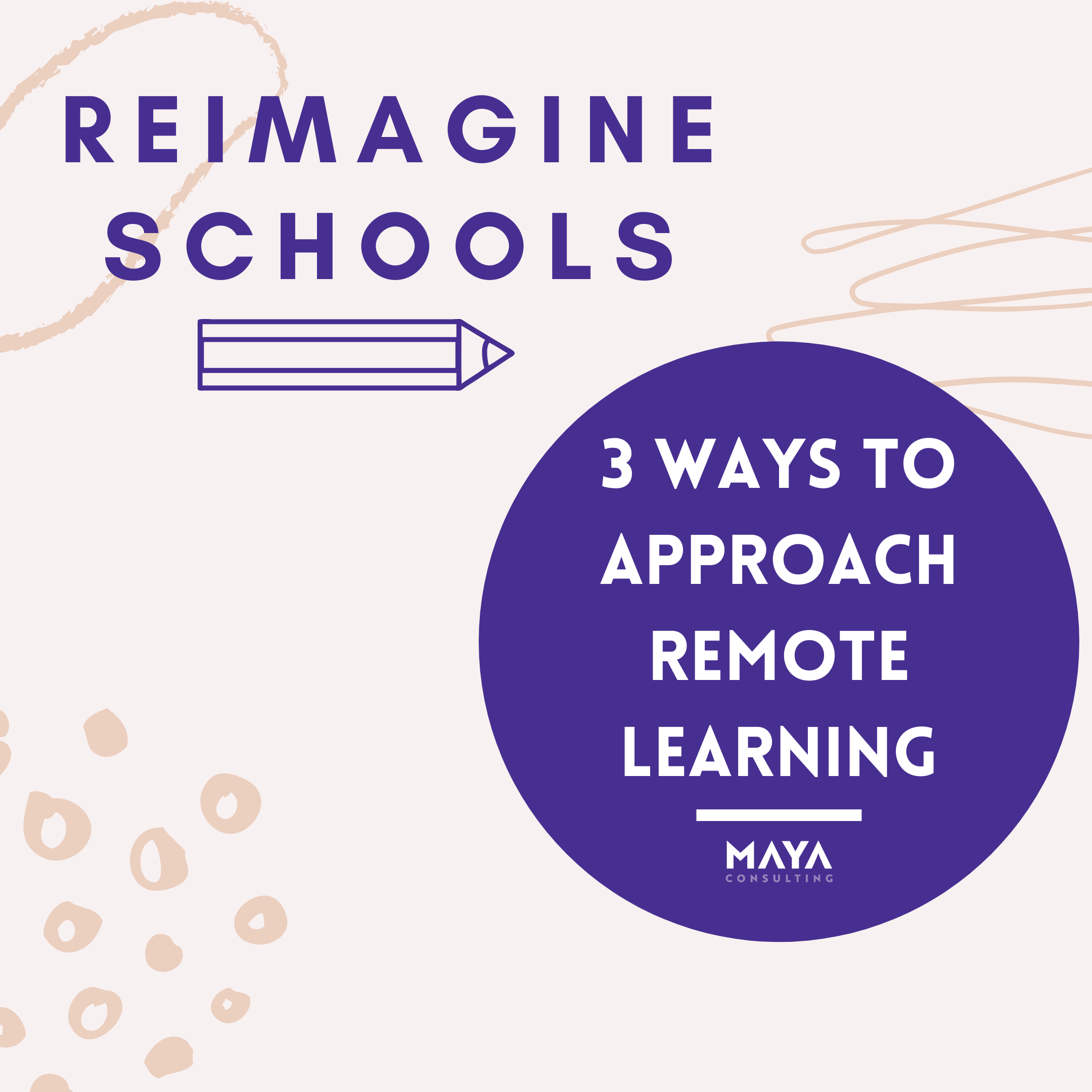As Texas Education Agency (TEA) just announced earlier today, school districts will not lose funding if they choose to start the new school year under remote learning.
While district leaders, teachers, and families wait for TEA to release revised guidance on reopening schools. Here are 3 ways for educators to consider remote teaching as we approach learning this fall:
- Prioritize the heart of high-quality schooling—relationships. Whether during a global pandemic or otherwise, deep and vulnerable relationship building between educators and stakeholders cannot be discounted. In May 2020, MIT and Harvard researchers, Justin Reich and Jay Mehta, facilitated four online design charrettes to develop a design process for fall 2020 school planning. They repeatedly heard from participants that schools must find a way to build stronger relationships than ever before with students and families. One way educators may consider relationship building right now is by considering the tools that students typically have access to in the classroom to support the at-home learning environment.
- Examine the ways in which policies, practices, and pedagogies can be made more equitable. As school districts report thousands of students unreachable during the COVID-19 crisis, it is imperative schools and school systems look inward and design remote learning with the most vulnerable in mind. Who has access to schooling and technology must be examined and upended, otherwise we face reproducing centuries of inequities this fall. Likewise, schools should consider curriculum planning with students as co-designers. The senseless killings of George Floyd, Breonna Taylor, and other folx place institutional racism and inequities at the forefront of our minds—including students. An inclusive curriculum not only prioritizes instructional strategies catering to a multitude of learning styles, it also takes advantage of resources that are relevant to students and written and developed from racially, culturally, and linguistically diverse perspectives.
- Consider the “connected learning” model. Connected learning may be readily understood as equity in education (grounded in the purposeful connection and learning of home, school, community, and peers!) Connected learning embodies the values of equity by allowing students to pursue learning based on personal interests while receiving the support of friends and adults. Now more than ever, students and parents are looking for engaging and motivating learning opportunities. Research from language and literacy expert, Catherine Snow, indicates engagement and motivation is part and parcel to successful reading comprehension. Let’s put away the workbooks and worksheets, and prioritize student-led learning.
For more education-related news, tips, and other resources, follow MAYA on Twitter @MAYA_EduEquity.
